CE Courses
Registration is Closed for AAHP’s Continuing Education Courses Hosted Saturday, July 12 in Madison, WI
If you are planning to attend the 70th HPS Annual Meeting this summer in Madison, WI, be sure to plan an early arrival to take advantage of the AAHP-hosted Continuing Education (CE) courses. These courses provide a valuable opportunity for in-person learning and networking with fellow AAHP members ahead of the main event. Attendees can choose from five courses of varying lengths, including select options available virtually. Participants will earn 2 CECs per hour toward their CHP recertification upon completion.
Please note: Separate registration is required for these workshops, as they are not part of the HPS Annual Meeting program.
Courses Include:
9:00 am CT, 8 hours (16 CECs) - Senate A Room
Presented by Brooke Buddemeier

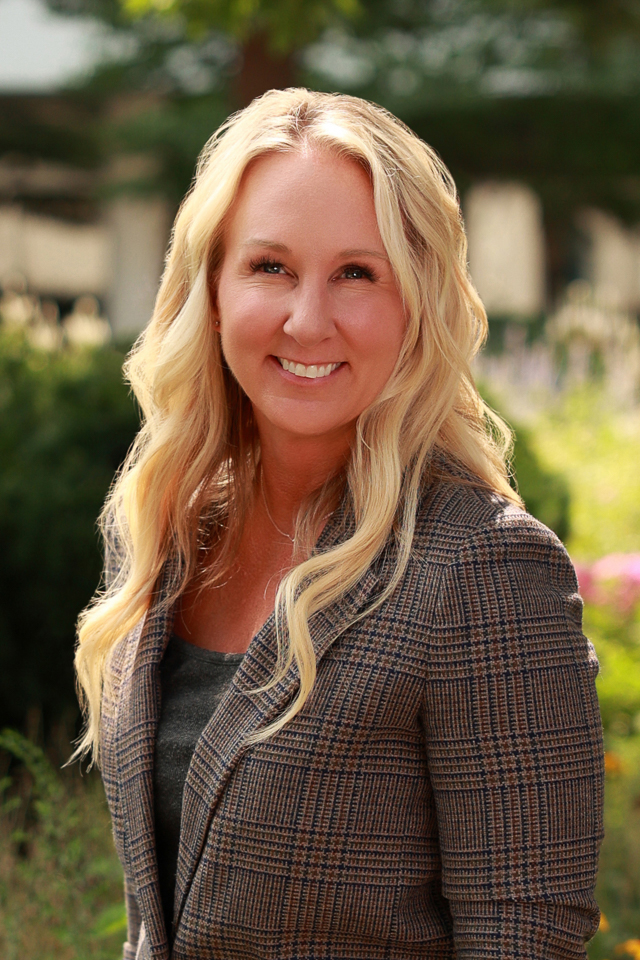
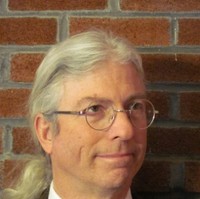
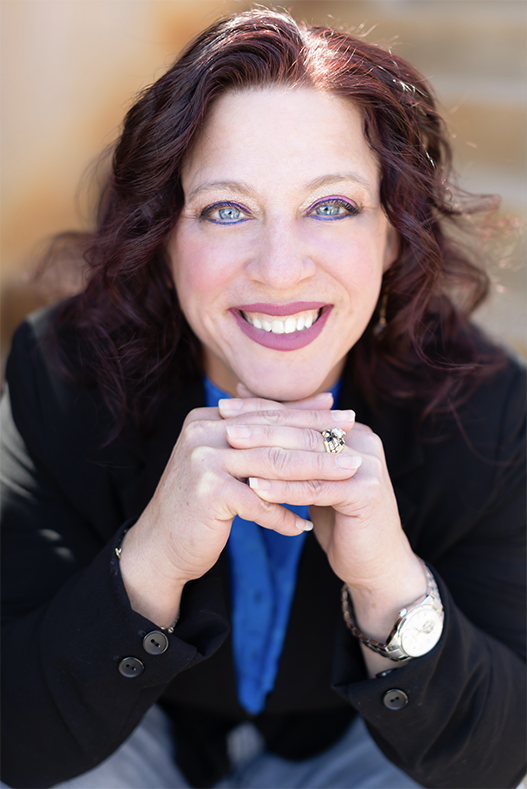
Co-Presenters: Angela Leek, Ph.D, CHP, William Irwin, Sc.D., CHP, Sc.D., Wendy Renno, Ph.D
Purpose: Responding effectively to a nuclear detonation requires addressing unique challenges not encountered in other radiation emergencies, such as nuclear power plant incidents or radiological dispersal devices. This training leverages insights from extensive assessments conducted by NNSA’s national laboratories and incorporates FEMA’s latest guidance, including:
- Planning Guidance for Response to a Nuclear Detonation, 3rd Edition (2022)
- Nuclear Detonation Response Guidance: Planning for the First 72 Hours (2023)
- Nuclear Detonation Preparedness: Communicating in the Immediate Aftermath (2024)
- The Nuclear/Radiological Incident Annex to the National Response Framework (2024)
Course Description: This one-day training provides a comprehensive overview of nuclear detonation effects and equips participants with best practices for preparation and response. The course emphasizes life-saving actions and effective communication strategies to minimize casualties and protect public health before and after detonation.
Audience: Designed for individuals who may support nuclear detonation response efforts, including:
- Health Physicists
- Radiological Operational Support Specialists (ROSS)
- Emergency Managers and Responders
Training Overview: This course combines expert-led training modules with scenario-based discussion exercises to reinforce practical application.
Modules
Module 1: Nuclear Detonation Effects
- Overview of nuclear detonation impacts, including blast, thermal, and radiation effects.
Module 2: Zone-Based Response
- Introduction to response zones, their hazards, and appropriate actions for responders and the public.
Module 3: Shelter, Evacuation, and Communication
- Life-saving strategies, including sheltering, evacuation planning, and effective communication in the aftermath.
Module 4: National Response Framework
- Overview of national strategies for public protection, responder safety, and coordinated response.
Module 5: Population Monitoring and Decontamination
- Best practices for mass care, radiation monitoring, decontamination, psychological health, and worker safety during recovery efforts.
This work was performed under the auspices of the U.S. Department of Energy by Lawrence Livermore National Laboratory under Contract DE-AC52-07NA27344. LLNL-MI-2005438-DRAFT
10:00 am CT, 2 hours (4 CECs) - University Room
Presented by Melissa Martin
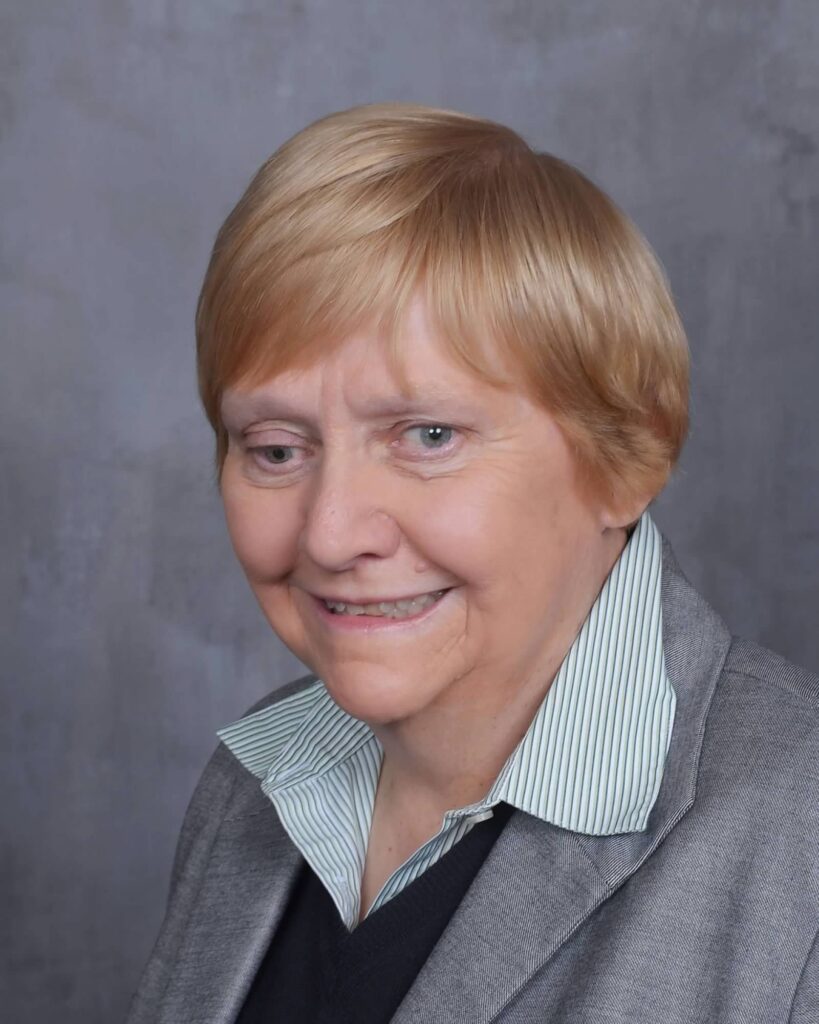
Course Description: This 2-hour session will provide practical guidance on performing radiation safety surveys for multi-energy linear accelerators in Radiation Oncology departments. Drawing from experience conducting more than 50 surveys in collaboration with on-site medical physicists, the session will cover key components including selecting appropriate survey instruments, constructing regulatory-compliant reports, and interpreting clinical workloads in alignment with NCRP Report No. 151 and 10 CFR 20 guidelines. Participants will explore shielding considerations for linac vaults with and without mazes—emphasizing the growing use of mazeless vault designs—and learn how shielding materials such as lead, steel, and concrete affect expected and measured survey results.
12:30 pm CT, 2 hours (4 CECs) - University Room
Presented by Paul Maggi
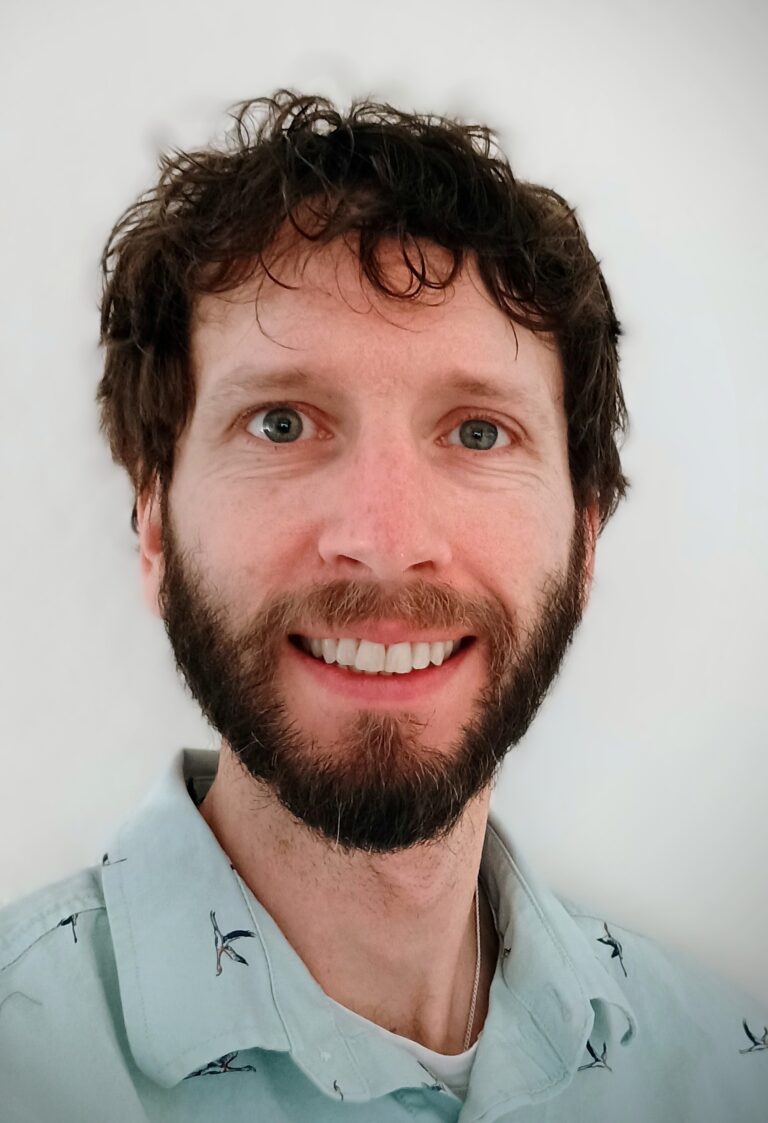
Course Description: Significant quantities of special nuclear material pose additional risks not normally considered by health physicists, namely nuclear criticality accidents. The disciple of criticality safety seeks to prevent the consequences of a criticality accident, preferably by accident prevention. The methods and controls used by criticality safety and radiation safety may sometimes be in conflict for reducing risk. This talk will provide a high level survey of criticality safety as a discipline. Emphasis will be placed on the control mechanisms used by criticality safety engineers and how they may impact health physics. The talk will end with a review of nuclear accident dosimetry methods.
3:00 pm EST, 2 hours (4 CECs) - University Room
Presented by Jim Herrold
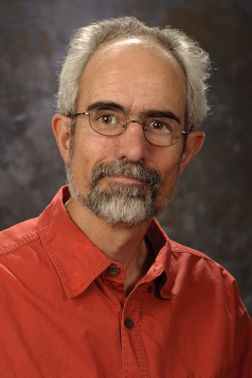
Course Description: Has the “nuclear renaissance” finally arrived? Certainly, breakthrough technologies (SMRs, fusion, biological dosimetry) are getting a lot of attention world-wide, while lessons learned from significant nuclear accidents (Chernobyl, Fukushima) have focused attention on nuclear safety and emergency preparedness. This is having a profound effect on the scope of international standards for Nuclear Energy and Radiological Protection. However, international standards are rarely adopted or incorporated into U.S. regulations and therefore do not seem relevant to U.S. stakeholders. One way to promote relevant global standards that reflect U.S. interests is to get directly involved by advancing U.S. interests and encouraging the adoption of international standards. The U.S. will host the meetings of ISO/TC 85 and its subcommittees in 2026.
This course is a sequel to earlier presentations that introduced the development process through the International Organization for Standardization (ISO), specifically ISO/TC 85 (Nuclear Energy, Nuclear Technologies and Radiological Protection). It will give practical details on: How to find ISO standards that are up for review; How to correctly submit comments through the proper channels; How to use the ISO House Style and Directives; and How to become involved as an expert in ISO working groups for standard development and revision. As a bonus, a sneak peek of proposals for new ISO/TC 85 subcommittees, working groups and preliminary work items will be included.
9:00 am CT, 8 hours (16 CECs) - University Room
Presented by Stuart Walker, Fred Dolislager
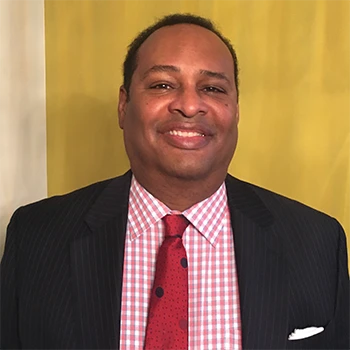
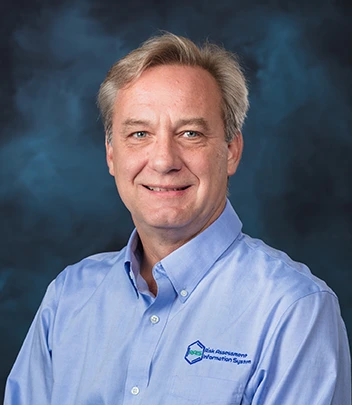
Course Description: Radiation Risk Assessment is a full-day advanced course that focuses on specific technical and regulatory issues that Remedial Project Managers (RPMs) and On-Scene Coordinators (OSCs) address when managing Superfund sites that have a risk assessment conducted for radioactive contaminants.
By taking the course, participants achieve the following objectives:
- Learn a step-by-step approach to the Superfund remedial program’s risk assessment process for radioactive contamination.
- Explore methods for conducting site-specific risk assessments.
- Discover practical recommendations for improving the radiation risk assessments conducted at your site.
- Master information about radiation risk assessment process.
The instructional methodology for this course includes lectures and demonstrations of using EPA’s risk and dose assessment calculators developed by the Superfund remedial program. The target audience for this course is RPMs, OSCs, risk assessors and others that want to obtain a working knowledge on conducting Superfund radiation risk assessments.
10:30 am – 12:30 pm, 2 hours (4 CECs)
Presented by Jason E Davis, PhD. CHP - Oak Ridge National Laboratory
This course addresses practical aspects of evaluating the extent, location, and quantity of radioactive material in and around a wound. The course includes an overview of the equipment available for wound counting, and the appropriate use and care of this equipment. Sources of uncertainty in measurements, their impact on dosimetry and medical decision making, and techniques for accounting for these sources of error are also discussed. In-depth approaches to characterizing and minimizing sources of error in wound counts are discussed. Cases involving contaminated injuries involving fission-activation products and transuranic radionuclides are reviewed to emphasize the unique aspects of the care and treatment of contaminated wounds.
1:00 pm – 5:00 pm, 4 hours (8 CECs)
Presented by Andy Miller, MS, CHP, FHPS | Director | Radiation Safety, Cleveland Clinic
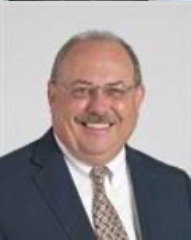
Y-90 therapy for liver tumors involves a series of activities to select the proper dose for the treatment, receive the doses, assay them, deliver them correctly and handle waste issues. This course will take students through a team-based process involving interventional radiology, nuclear medicine, nursing, and radiation safety to give an example of a highly reliable operation that is currently in use at a busy academic medical center. We will use actual de-identified case data, data from packages and doses, forms and procedures to show how the process works and some of the issues that arise with discussions for solutions. Both resin and glass Y-90 microspheres will be discussed. Radiation dose rate measurements and estimates from activities will also be discussed.
